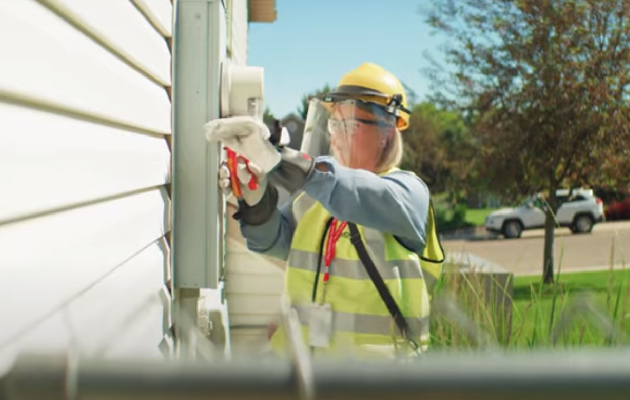Customers who want to keep their existing meters can call NorthWestern at 888-467-2669 or email NorthWesternEnergyMeters@northwestern.com to be added to the bypass list. Customers who previously requested an opt out do not need to contact NorthWestern again to be bypassed and keep their meters.
NorthWestern will be reaching out to customers who received an advanced meter despite their request to opt out. For those who still wish to opt-out, NorthWestern will ensure that the advanced meter is removed and replaced with a meter similar to the one that was there before. Customers will not be charged for this service.
Customers who have questions about the advanced meter opt-out program can contact NorthWestern at 888-467-2669
or the Montana Public Service Commission at 1-800-646-6150 or pschelp@mt.gov.
How do I read my meter?
Click the links below for instructions on how to read your meter, self-read dates and a postcard you can use to submit your meter readings.
Gas meter

Gas meter
Natural gas dials represent the amount of natural gas measured in volumes of hundreds of cubic feet (ccf).
A gas meter is driven by the force of the moving gas in the pipe, and also turns faster as the flow increases. Each time the dial with the lower value makes one complete revolution, the pointer on the next higher value dial moves ahead one digit.
To read your meter:
- Be at eye level of the dials.
- Mark the dials from left to right.
- Take note of the direction of the arrows on the display – the pointer of adjacent dials turn in opposite directions to each other.
- Draw the pointer on the dials as displayed on your gas meter.
- When the pointer on the dial is between two numbers, record the lower number.
- If the pointer is between 9 and 0, 9 is the lower number.
- When the pointer is directly on the number, look at the dial to its right:
- Has the dial on the right has passed 0, yes, use the number that the pointer is on.
- The dial on the right has not passed "0," use the number less than what the pointer is on.
Example:
In the example above, the reading is: 6 2 3 8
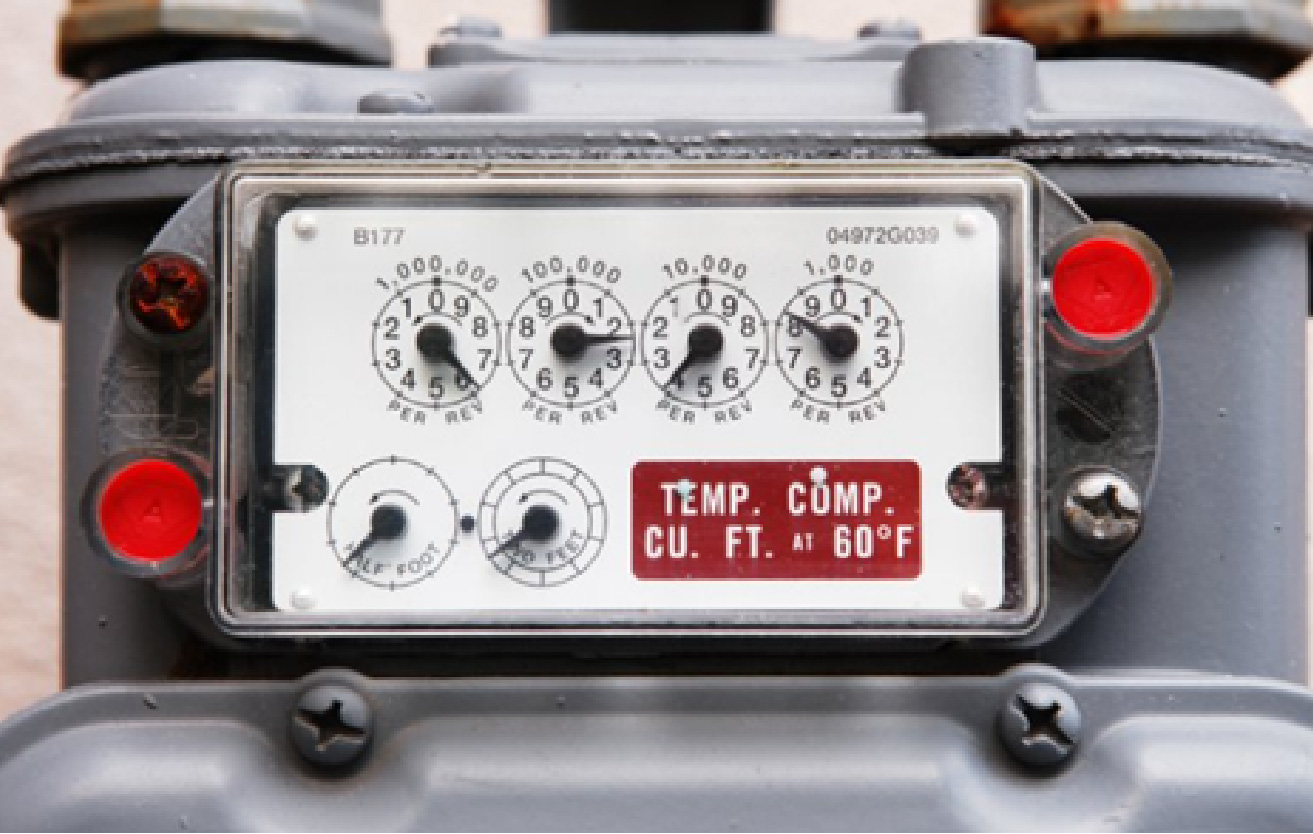
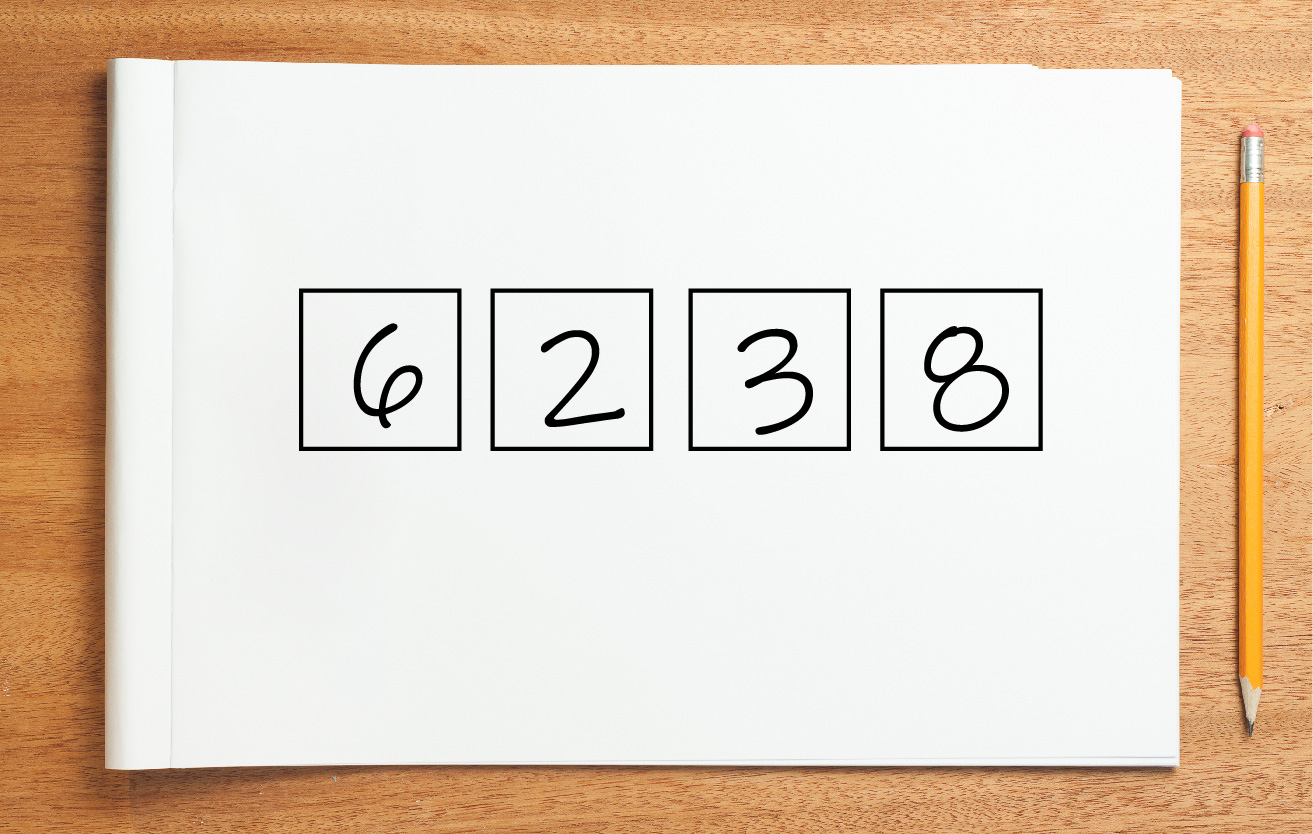
Electric meter
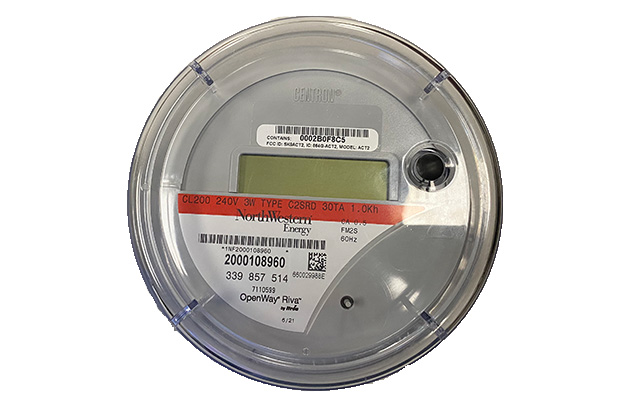
Electric meter
The basic unit of measure of electric power is the watt. One thousand watts is called a kilowatt.
When you use one thousand watts of power in one hour, you have used one kilowatt (kWh).
We bill you by the kWh. Your electric meter is a digital meter that has an electronic display that displays the current reading, like a digital clock.
When reading an electric meter, write down the numbers as shown on the meter.
When submitting your meter reads, please be ready with your account number, your service address, your meter read(s) and the date you read your meter(s).
Options to submit your meter reads:
- Submit online in My Energy Account
- Call (888) 467-2669; M-F 7 a.m.-6 p.m.
- Mail the meter reading card to us at:
Advanced Meter FAQs
What is the advanced meter project timeline in Montana?
NorthWestern Energy began installation in Montana in 2021. Here is a list of approximate dates for the Montana Meter Upgrade project by area:
- Missoula Division: completed August 2022
- Butte Division: completed June 2022
- Bozeman Division: completed May 2024
- Billings Division: completed October 2024
- Lewistown District: completed October 2024
- Havre District: completed November 2024
- Helena Division: June 2024 – May 2025
- Great Falls Division: August 2024 – May 2025
Will I have to pay for the meter?
Who will change my meter?
NorthWestern Energy contracted with Tru-Check to install the new digital meters, the same company that installed the first generation, one-way communication digital meters in 1998 that are in use today.
Tru-Check technicians will wear apparel with the Tru-Check logo and will carry a NorthWestern Energy contractor identification badge.
When will the meters be installed and do I need to be home?
Most of the installations will occur Monday through Friday during business hours, though there will be cases when evening or weekend installations may be necessary. Customers don't need to be home.
A door hanger will let residents know their upgrade was successful. If the technician cannot perform the upgrade, a door hanger will be left with instructions to call to make an appointment.
If you are both an electric and natural gas NorthWestern Energy customer, the new electric meter will be installed first and the new gas module will be installed during a follow-up visit to your home or business in about eight weeks.
What happens to the meter on my home or business now?
Are radio frequency (RF) emissions coming from the meters and modules?
Yes. The Federal Communications Commission (FCC) regulates the safety limits for all RF emissions, and smart meter and module emissions make up a small portion of the limit. The RF emissions of the one-way communication meters in use now and the two-way communication meters that are being installed for this technology upgrade are both approved by the FCC. Radio frequency emissions are also produced by common household devices such as microwaves, baby monitors and TVs.
Is customer information protected?
Yes. Customer privacy and security are NorthWestern Energy priorities. The company’s strict security standards have contributed to protecting the energy grid and customer privacy for years. The meters do not collect, store or transmit any personally identifiable information.
The meters measure total energy and cannot differentiate energy usage by appliance or anything else within a home or business. The transmitted energy use information is encrypted.What if I don’t want an upgraded meter?
Customers who want to keep their existing meters can call NorthWestern at 888-467-2669 or email NorthWesternEnergyMeters@northwestern.com to be added to the bypass list. Customers who previously requested an opt out do not need to contact NorthWestern again to be bypassed and keep their meters.
NorthWestern will be reaching out to customers who received an advanced meter despite their request to opt out. For those who still wish to opt-out, NorthWestern will ensure that the advanced meter is removed and replaced with a meter similar to the one that was there before. Customers will not be charged for this service.
Customers who have questions about the advanced meter opt-out program can contact NorthWestern at 888-467-2669
or the Montana Public Service Commission at 1-800-646-6150 or pschelp@mt.gov.
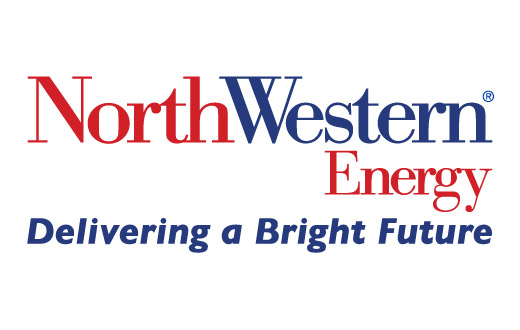
NorthWestern Energy and the Missouri-Madison River Fund Trust announce funding for 2025 public recreation improvement projects
Date: Feb 13, 2025
TYPE: News
Butte, Mont. – Feb. 13, 2025 – NorthWestern Energy and the Missouri-Madison River Fund Trust awarded funding for six public recreation improvement projects on the Missouri and Madison rivers. The grant and matching funds will supplement public agency and partner contributions for projects to be implemented in 2025.
A combination of $22,426 from NorthWestern Energy and $410,896 from the Missouri-Madison River Fund will be combined with $773,439 from agency and project partners to complete projects totaling more than $1.2 million. NorthWestern Energy will supplement these funds by contributing an additional $569,487 to state, federal, and local agencies for operation and maintenance efforts at many existing recreation sites in 2025.
“These programs help recreation managers improve and maintain services to ensure visitors have positive experiences while recreating and protect our state’s resources,” said NorthWestern Energy Hydropower License Compliance Manager Andy Welch. “Every year there are roughly one million visits to public recreation sites along the Madison and Missouri rivers in Montana. The Missouri-Madison River Fund Trust is a unique public-private partnership that has supported this use by funding public recreation projects for two decades.”
The Federal Energy Regulatory Commission Project 2188 hydroelectric license issued in 2000 for the hydro generation facilities on the Missouri and Madison rivers that NorthWestern Energy owns and operates today requires public recreation sites and facilities. The Missouri-Madison River Fund Trust ensures public recreation opportunities along the river corridors will remain available long into the future.
2025 projects funded by the River Fund grant program include:
Great Falls region
- 700 linear feet of deteriorated asphalt on the River’s Edge Trail near Weissman Bridge will be replaced with five-inch-thick concrete.
- Phase 1 of an expansion of the Canoe Campground in Fort Benton will get underway, adding 14 new RV sites to accommodate large motorcoaches.
- Funds were provided to the Missouri River Open Lands Preservation Group to help purchase an easement to retain public access and open space on a Montana Department of Natural Resources & Conservation parcel on the south end of Great Falls.
Hauser and Holter Lakes
- The Bureau of Land Management will upgrade the drinking water delivery systems at White Sandy, Holter Lake, and Log Gulch campgrounds. This project dovetails with drinking water improvements at Devil’s Elbow Campground and Clark’s Bay Day Use Site, which was supported by the grant program in 2023 and 2024.
- The Helena Ranger District of the U.S. Forest Service will update and add interpretive signage at the Hauser Dam and Beaver Creek access sites.
Ennis region
- The Bureau of Land Management will install bear-proof trash containers and purchase a towable dumpster to service them for sites under BLM management on the Madison River and Ennis Lake.
“Taking care of recreation sites in the Missouri-Madison Corridor, especially those constructed during relicensing of the Missouri-Madison Hydroelectric Project in the 1990s, is the purpose for which the River Fund was established, and it’s working exactly as it was intended,” said Welch.
Since 2007, 175 projects have received $6.8 million in funding from the River Fund Trust, about $350,000 per year. NorthWestern Energy contributed another $1.8 million in matching funds.
River Fund grants and NorthWestern Energy matching funds have leveraged public agency and partner funding to provide $14.1 million in public recreation improvements in the Missouri-Madison Corridor since 2007.
The Missouri-Madison River Fund trust for public recreation, currently valued at $7.1 million, was created through the collaborative efforts of NorthWestern Energy; Montana Fish, Wildlife & Parks; U.S. Forest Service; U.S. Bureau of Land Management; Madison, Gallatin, Broadwater, Lewis & Clark, Cascade and Chouteau counties; and numerous other public and private partners. This year marks the 19th year in which earnings from the trust have been awarded to recreation improvement projects through the River Fund grant program.
Created as a public-private partnership to meet public recreation needs along the Madison and Missouri rivers, the River Fund supports ongoing efforts to protect and enhance recreation from Hebgen Reservoir downstream to Fort Benton, excluding the Broadwater and Canyon Ferry hydroelectric plants and the river segment between them. River Fund awards for qualifying projects will continue on an annual basis, with grants awarded each December.
A list of projects can be found in the River Fund segment of the Clean Energy - Hydropower section of NorthWestern Energy’s website at www.northwesternenergy.com, as well as information about NorthWestern Energy and its hydroelectric facilities.
Follow us on Facebook and LinkedIn and Instagram: @NorthWesternEnergy
NorthWestern Energy - Delivering a Bright Future
NorthWestern Energy provides essential energy infrastructure and valuable services that enrich lives and empower communities while serving as long-term partners to our customers and communities. We work to deliver safe, reliable, and innovative energy solutions that create value for customers, communities, employees, and investors. We do this by providing low-cost and reliable service performed by highly adaptable and skilled employees. We provide electricity and / or natural gas to approximately 775,300 customers in Montana, South Dakota, Nebraska, and Yellowstone National Park. Our operations in Montana and Yellowstone National Park are conducted through our subsidiary, NW Corp, and our operations in South Dakota and Nebraska are conducted through our subsidiary, NWE Public Service. We have provided service in South Dakota and Nebraska since 1923 and in Montana since 2002.
Media Contacts:
Jo Dee Black
866-622-8081



